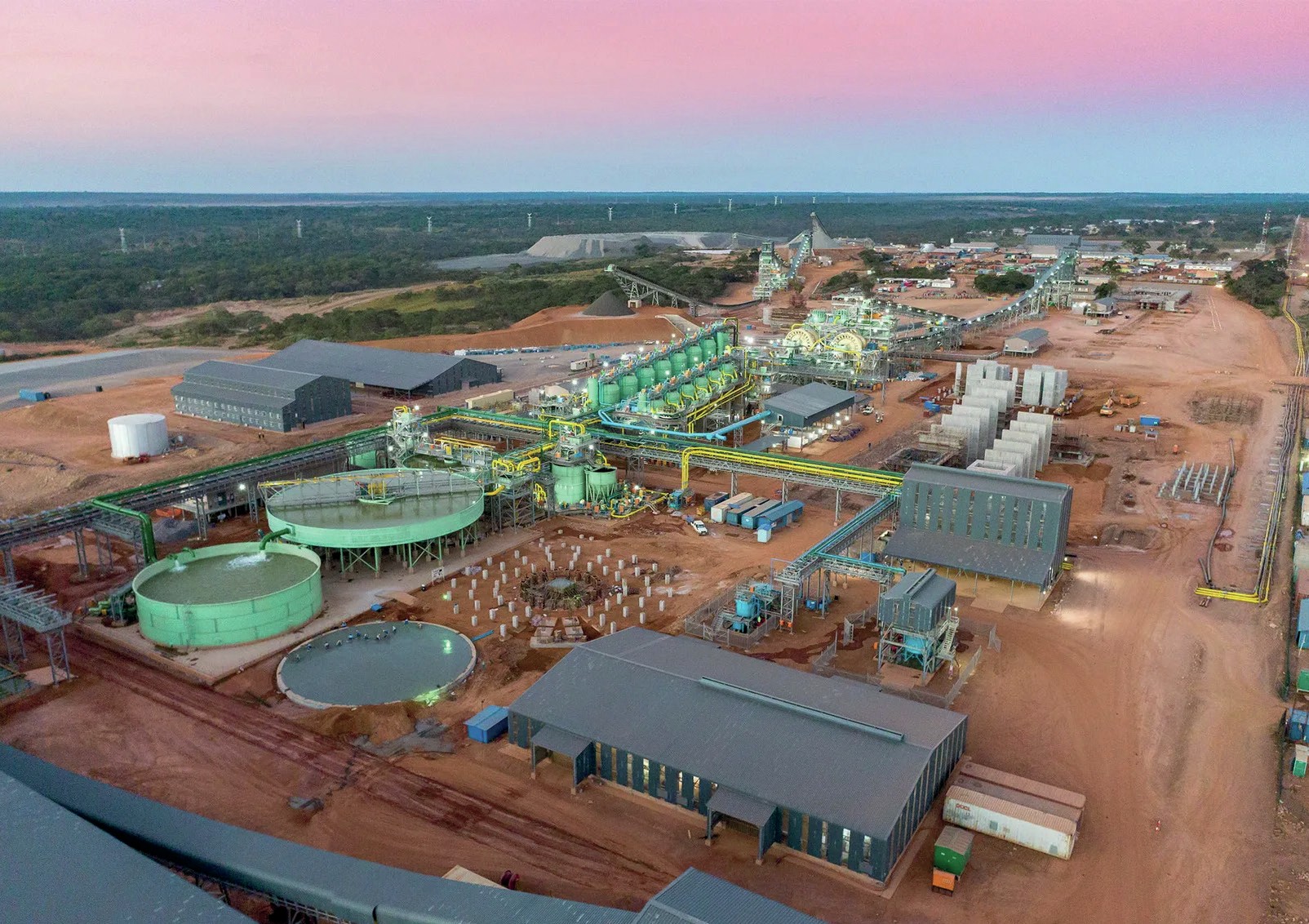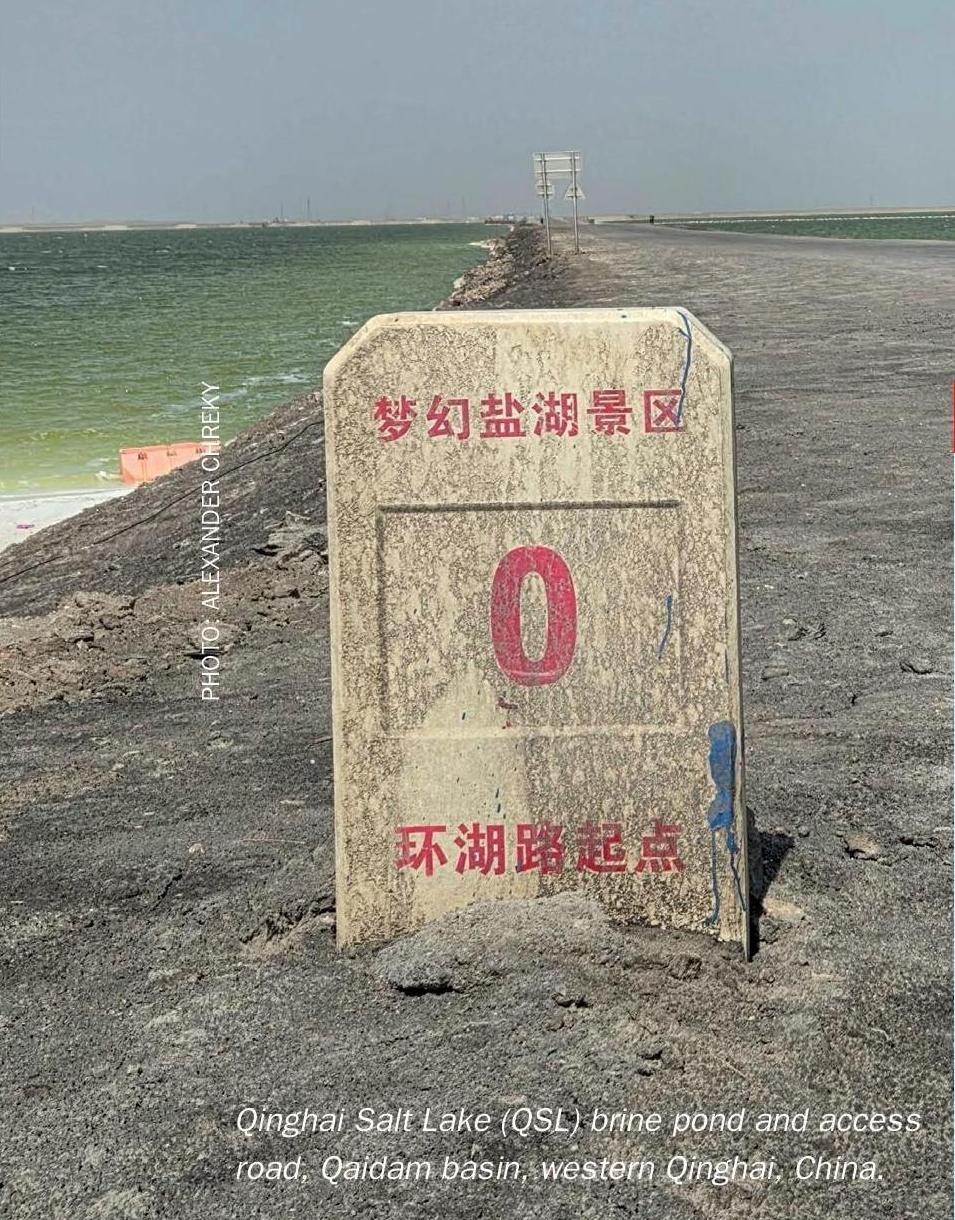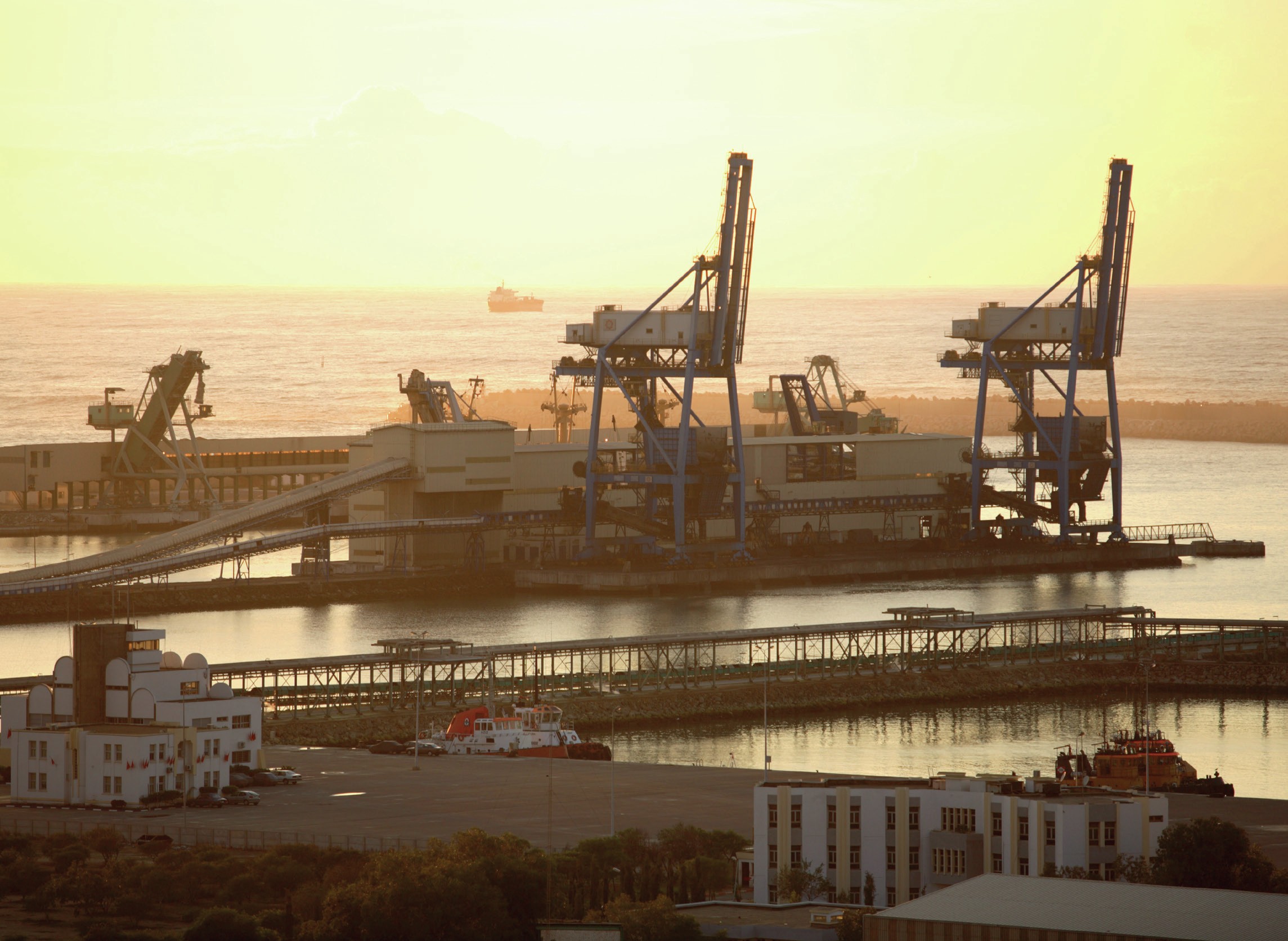Sulphur 392 Jan-Feb 2021
31 January 2021
Sulphuric Acid News Roundup
RUSSIA
Norilsk closes smelter at Nikel
Norilsk Nickel has finally closed down its nickel smelting operation at Nikel in Russia’s Murmansk region; the company’s oldest still operating production facility. The shutdown is part of the company’s environmental programme, which aims to significantly reduce its environmental impact at all production sites. The Nikel closure will eliminate SO2 emissions in the cross-border area with Norway, which had become a major bone of contention with the Norwegian government. Norilsk aims to reduce SO2 emissions at Kola by 50% by the end of 2020 and 85% by the end of 2021, and is modernising its production in Monchegorsk, including the construction of new state-of-the-art facilities.
Following the closure of the Nikel smelter, concentrate from the Zapolyarny concentrator will be delivered instead to concentrate shipment hubs, from where it will be supplied to consumers. Nikel produced 61.8 million tonnes of nickel ore and 2.4 million tonnes of high grade nickel matte over its 74 year history, according to Norilsk.
Meanwhile, Nornickel has awarded Metso Outotec the contract to modernise one of the company’s two existing smelting lines at their Nadezhda Metallurgical Plant in Norilsk. The contract value is approximately e90 million, and includes engineering and delivery of a nickel flash smelting furnace and a heat recovery boiler with related automation and advanced digital products. Replacing the existing smelting line with the latest process technology and furnace structures will significantly increase the line’s capacity and availability, reduce metal losses and ease maintenance. The new line will also allow for the easy connection and efficient operation with the planned future sulphuric acid production and neutralisation project.
“Norilsk Nickel operates the world’s largest nickel and palladium deposit in Russia. We are very committed to our long partnership with Norilsk Nickel, and we are pleased to have been awarded the contract to modernise their smelting line at Nadezhda. Our unique process expertise and sustainable technologies enable the design and delivery of a world-class smelting process that meets today’s and future production requirements,” said Jari Ålgars, President of Metso Outotec’s Metals business area.
Metso Outotec has also been contracted to deliver a package of process equipment for a greenfield zinc plant at Verkhny Ufaley in Russia’s Chelyabinsk region at a cost of approximately e100 million. The order includes an equipment package for zinc concentrate processing, iron precipitation, solution purification and electrowinning technologies for zinc processing based on an OKTOP® reactor, as well as a heat recovery system, ingot casting equipment and high efficiency cooling towers for zinc electrowinning and gypsum removal with reduced emissions compared to conventionally designed cooling towers. It also includes clarifying solutions for solid-liquid separation, high performance filters with low energy consumption, and fully integrated digital process automation for more reliable and flexible operation.
BANGLADESH
Ma’aden to supply phosphate to Bangladesh
Ma’aden has renewed its agreement to supply di-ammonium phosphate fertilizer (DAP) to the Bangladesh Agricultural Development Corporation (BADC) throughout 2021. BADC is a state-owned company that works under the umbrella of the Bangladesh Ministry of Agriculture, which manages agricultural imports in the country.
Commenting on the announcement, Ma’aden CEO Mosaed Al Ohali said: “We are pleased to build on our strong partnership with BADC to supply the agricultural industry in Bangladesh with the fertilizer products local farmers need to make the most of their crops. This new agreement will play an important role in boosting crop output and contributing to stable food supplies in the country. Ma’aden plays an essential role in achieving the goals of Saudi Arabia’s Vision 2030 by promoting non-oil exports and sustainable development programs to raise global food security levels. With the natural phosphate deposits in the north of Saudi Arabia and proximity to promising markets in South Asia and East Africa, we are in a strong position to serve the globally growing need for fertilizer products. By 2025, we estimate reaching a production capacity of 9 million t/a of phosphate fertilizers,” he continued.
DENMARK
New sulphuric acid catalyst
Haldor Topsoe has launched its new VK38+ sulphuric acid catalyst. VK38+ is potassium-promoted, and the company says it has been proven to have higher activity than any other potassium promoted catalyst on the market, regardless of which converter bed it is used in. There are two installations of the new catalyst, which Topsoe has matched expectations set by laboratory testing. In particular, the higher activity allows the potential for enhanced performance, higher efficiency and reduced climate footprint without the cost increases that are associated with many caesium catalyst solutions. Topsoe claims an up to 40% reduction of long-term catalyst spending and a payback time of just a few months, while different loading combinations and sizes can help meet diverse emission requirements.
WORLD
Copper output falls in 2020
The International Copper Study Group (ICSG) has reported that global copper mine production fell by 1% during the first nine months of 2020, although this fall has not proved to be as sharp as the 3.5% drop in global production recorded during April and May due to the first wave of global coronavirus infections. The global copper market posted an apparent deficit of 387,000 metric tons during the period. Copper concentrate production fell 0.8%, while solvent extraction-electrowinning (SX/EW) production dropped by 1.5%. The world’s second largest copper producer, Peru, saw its output fall 16.5% during the first nine months of 2020, on the back of 12.5% year on year falls August and September. Top copper producer Chile, meanwhile, saw its copper production rise in the first half of the year by 2.5%, but Chile’s production slipped in Q3 by 3.7%, according to ICSG.
In spite of the drops in copper mine production, refined copper output rose by 1.2% during the first three quarters of the year. Production in the Democratic Republic of the Congo and Zambia increased by 5.5% and 20%, respectively, and Japanese production rose by 5.5%. However, China’s output took hits from temporary shutdowns related to Covid-19 restrictions, tight scrap supply and constraints associated with concentrate imports and oversupply in the sulphuric acid market. Elsewhere, Covid-19 lockdowns from March-May led to a 20% drop in India’s refined copper output and US output fell by 14%.
Falling production has led to an increase in copper prices. According to the ICSG, the LME average cash price for copper jumped by 5.4% from October to November, reaching $7,063/t. The average price for the year of $6,039/t was an increase of 0.6% from the 2019 average.
UNITED STATES
New MECS sulphuric acid catalyst
DuPont Clean Technologies has introduces two new sulphuric acid catalysts: MECS® Super GEAR™ and XLP-310 which build upon its proven GEAR and XLP catalyst product lines. Super GEAR was specifically developed to minimise total installed cost and achieve world class emissions levels in new plants, while XLP-310 was developed to provide existing plants with an economical option to reduce emissions and boost capacity.
GEAR catalysts have a geometrically optimised hexa-lobe shape that enhances surface area and activity while reducing pressure drop build-up over time. DuPont says that they are also proven to maximise conversion, reduce emissions, and increase time between turnarounds. Super GEAR combines this shape with an advanced formulation which offers sulphuric acid plants the benefits of GEAR while further minimising the total installed cost of new converters.
The XLP ribbed ring catalyst has been in use since 2003 throughout the sulphuric acid industry and is a reliable and economical choice for all converter passes. XLP310 incorporates an advanced formulation with the XLP shape, for greater activity.
DEMOCRATIC REPUBLIC OF CONGO
New sulphuric acid plant
According to local press reports, Moroccan mining company Managem and its partner Chinese group Wanbao are planning to add a sulphuric acid production line at their Pumpi mine in the DRC. After commissioning delays due to Covid-19, the Pumpi mine began production in September 2020, and at capacity will produce 40,000 t/a of copper and 5,000 t/a of cobalt, according to Wanbao Mining. The project is located in the Kolwezi territory of DRC’s Katanga province and contains five deposits of Pumpi Nord, Pumpi Gare,Pumpi GareSud, Kamassami Simba, and Kamassani Est, with total copper and cobalt resource reserves estimated around 666,000 tonnes and 117,000 tonnes, respectively. Wanbao has a 75% stake in the mine and operating company, Managem Group 20% and the Congolese state the remaining 5%.
ZAMBIA
Legal shenanigans surround KCM
Konkola Copper Mines, 80% owned by London-based Vedanta Resources Ltd, has been in liquidation for most of the past year following allegations by the Zambian government, which owns the remaining 20% of KCM via state mining investment firm ZCCM-IH, that KCM has broken the terms of its license – something denied by KCM and Vedanta. A state-appointed liquidator has been trying to split KCM into two companies -KCM SmelterCo Ltd and Konkola Mineral Resources Ltd – effective from February 2021, and is trying to engineer the sale of KCM SmelterCo Ltd, which owns the company’s main asset, the Konkola smelter itself, to Moxico Resources Zambia Ltd, which has been operating the slug dumps at KCM. Vedanta has alleged that this is an attempt at expropriation and asset stripping, and has been in arbitration in London with the Zambian government, which led to a legal block on the breakup and sale of KCM by the Zambian Court of Appeal. However, a Zambian court has now ruled that the liquidator will not be discharged in spite of this prior ruling, and the breakup of the company looks like it will proceed.
CHILE
Chile’s considering increase in refined copper capacity
Chile’s copper industry is considering an increase in refined copper production capacity rather than maintaining its focus on copper concentrate exports. Although Chile is the world’s largest producer of copper concentrate, only around 25% of this is processed domestically. Chile has seven smelters – Chuquicamata, Caletones, Altonorte, Potrerillos, Chagres, Hernán Videla Lira and Ventanas – of which only Chuquicamata, Potrerillos and Ventanas currently have a refinery. Five smelters are controlled by state copper miner Codelco and national mining company Enami, while Altonorte and Chagres are property of Swiss Glencore and London-based Anglo American, respectively. Chuquicamata is the biggest, with an annual smelting capacity of 1.4 million t/a and refining capacity of 540,000 t/a.
Iván Valenzuela, director of copper studies centre Cesco, says that it believes the smelter sector can be profitable and is a key factor for sustainable mining. Cesco has been working on a proposal to develop a smelting and refinery facility in the country by 2027, suggesting it should be managed by a sector leader. The facility would allow capture of 99% of sulphur dioxide emissions and would achieve a 71% reduction in greenhouse gas emissions compared to the cost of sending concentrate to China. Chile is the world’s biggest copper producer, expected to produce 5.82 million t/a this year.
INDONESIA
Feasibility study on HPAL plant
BASF and global mining and metallurgy group Eramet have agreed to a joint feasibility study on the development of a state-of-the-art nickel and cobalt hydrometallurgical refining complex at Weda Bay, Indonesia. The development would include a high-pressure acid leaching (HPAL) plant at Weda Bay and a base metal refinery at a location to be determined during the feasibility study. The project targets a start-up of the HPAL and refinery facilities in the mid-2020s, processing locally secured mining ore from the Weda Bay deposit to produce a nickel and cobalt intermediate. Since its acquisition of Weda Bay in 2007, Eramet has carried out extensive geological work and confirmed the potential of this world-class deposit whose mining operations started at the end of 2019. The project would give BASF access to a secure source of 42,000 t/a of nickel and 5,000 t/a of cobalt from mines operating according to internationally recognised sustainability standards, critical components t to support the strong growth in global electric vehicle demand.
The Weda Bay deposit has been under development for several years, and has seen the departure of Mitsubishi, Eramet’s original partner, and their replacement by Chinese stainless steel giant Tsingshan in 2017. Following Tsingshan’s investment, Eramet owned 43% of the company that controlled Weda Bay, and Tsingshan 57%. Ores have been produced by the joint venture since 2019, and used in a ferronickel plant.






